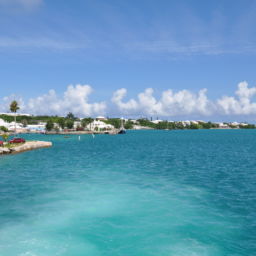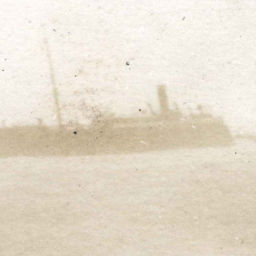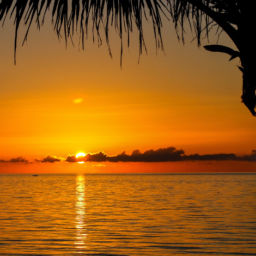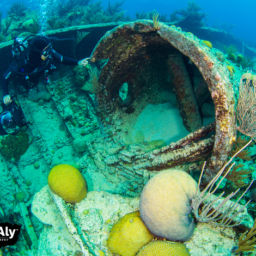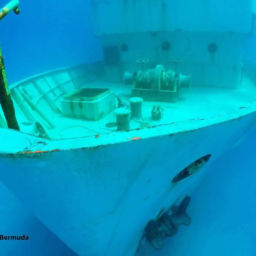By Mark Diel
Bermuda is famous for more than golf courses, pink-sand beaches and Bermuda shorts. Sitting 650 miles east of North Carolina, the small island has been designated by more than one media source as the “Shipwreck Capital of the Atlantic,” with well over 200 wrecks between 20 and 100 feet. And with flight times of only 90 minutes from New York and 2 hours from Boston, those on the east coast of the United States can leave in the morning and be diving by lunchtime. In this first in a series of articles about Bermuda’s most popular shipwrecks, we’ll cover the Mary Celestia.
During the height of the American Civil War, the North executed a naval blockade of many Southern ports, hoping to starve the South of much needed war materials. Bermuda, which was officially neutral as a colony of the United Kingdom, nevertheless saw and seized the chance to make large sums of money by provisioning fast, shallow-draft, purpose-built blockade runners. Loaded with rifles, cannons, shells and other war materiels, these ships (sometimes) slipped past the North’s naval ships the North and were paid in cotton for their wares. Loaded with this valuable cargo, the ships (hopefully) slipped past the blockade bound back to Bermuda. The cotton ended up in the U.K. where, at that time, it was worth more than its weight in gold.
The Mary Celestia had made four successful round trips when, on September 26th, 1864, it slipped out of St. George’s Harbour bound for Charleston. The ship was about to drop off its Bermudian pilot on the south shore when a sailor shouted, “Sir, there are some breakers ahead of us.” The reply from the pilot, as noted by the crew, was “Don’t worry about the rocks around here, my boy, I know them all like I know my own house!” As was much later wryly commented on by one of Bermuda most famous divers, Dave McLeod, “He couldn’t have been spending a lot of time home lately,” as one minute later the ship hit a reef and sank with the loss of the ship’s cook.
The wreck lies in 55 feet of water in a large sand hole just some 300 yards offshore. Much of its valuable cargo of rifles and corned beef was “recovered” by locals who rowed out to it before it sank. The Mary Celestia is arguably one of the island’s most popular wrecks and, in fact, in 2011 it regained the headlines with the discovery and recovery of a batch of contraband (mainly wine and perfume) that was found hidden in its chain locker in the bow section, where it had remained undisturbed for almost 150 years.
The wreck itself is essentially in three parts. The stern section is against the reef; moving south, one of its retractable funnels lies half covered in the sand; and finally the boilers and paddlewheels, as well as more plating and decking, lead you to the bow section where the contraband was found. Coal from its bunkers still litters the site. The reef area surrounding the wreck can be as shallow as five feet with a number of gorges and tunnels, as well as marine life, making this an excellent dive for both the historical and marine enthusiast.


